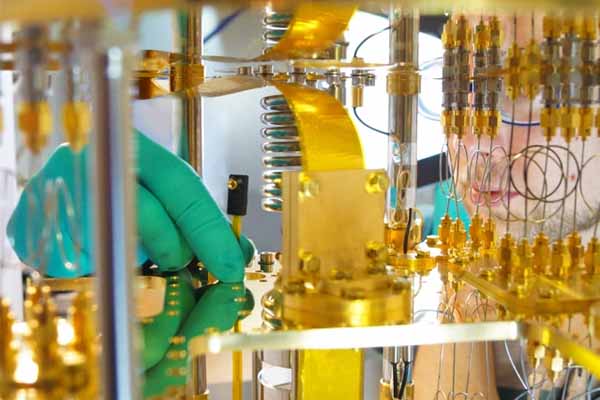Delft Circuits announced its inclusion in the BICEP project in Antarctica, supporting NASA’s Jet Propulsion Laboratory (JPL) at the California Institute of Technology and other project partners. The team at JPL determined that advanced cables made by Delft Circuits will be installed in the telescope’s cryostat, as part of its new camera.
The JPL team will also replace the telescope’s sensors with new thermal kinetic inductance detectors (TKIDs), which are superconductive detectors leveraging the properties of quantum mechanics. The infrastructure requirements are extremely similar to what is required to set up and measure qubits in a quantum system.
In recent years, we have witnessed a growing interest from large multinational groups, researchers, and startups in quantum computing. Current supercomputers, also known as high-performance computing (HPC) systems, with high computational capacity are not yet able to solve problems above a certain level of complexity.
The quantum computing approach, on the other hand, promises to overcome current HPC limitations by exploiting a computing power that becomes higher the more qubits a system uses.
Quantum computer design challenges
The creation of a quantum computer involves unprecedented design challenges because of the need to keep individual qubits as stable as possible and unalterable by external agents. Depending on the type of technology used to implement the qubits, this often requires generating temperatures close to absolute zero to reduce noise as much as possible. As a result, quantum computing hardware is usually placed inside a cryogenic dilution refrigerator.
The challenge then becomes interfacing the low-temperature quantum device with the control electronics that normally operate at room temperature. This process requires highly complex wiring, considering that next-generation quantum processors will be able to incorporate more than a thousand qubits.
Quantum computer and highlights some of the complex wiring involved in quantum computer design. While a normal coaxial cable could be sufficient to address and read a few dozen qubits (at the expense of a non-negligible encumbrance), the need remains for higher density interconnections—both from a physical dimension perspective and the need to reduce conduction heat in the dilution refrigerator.















